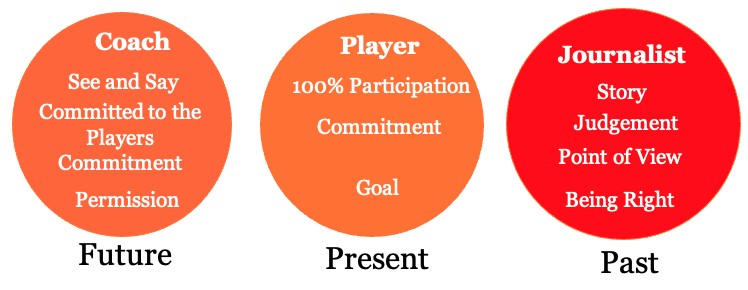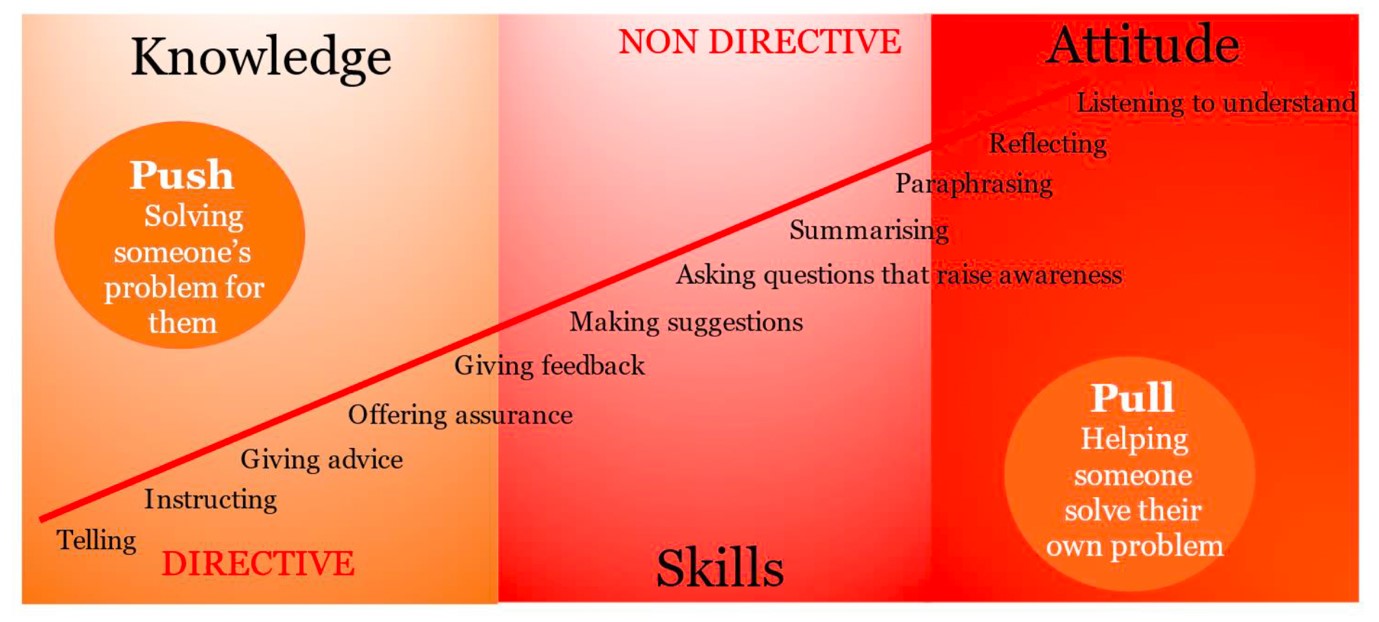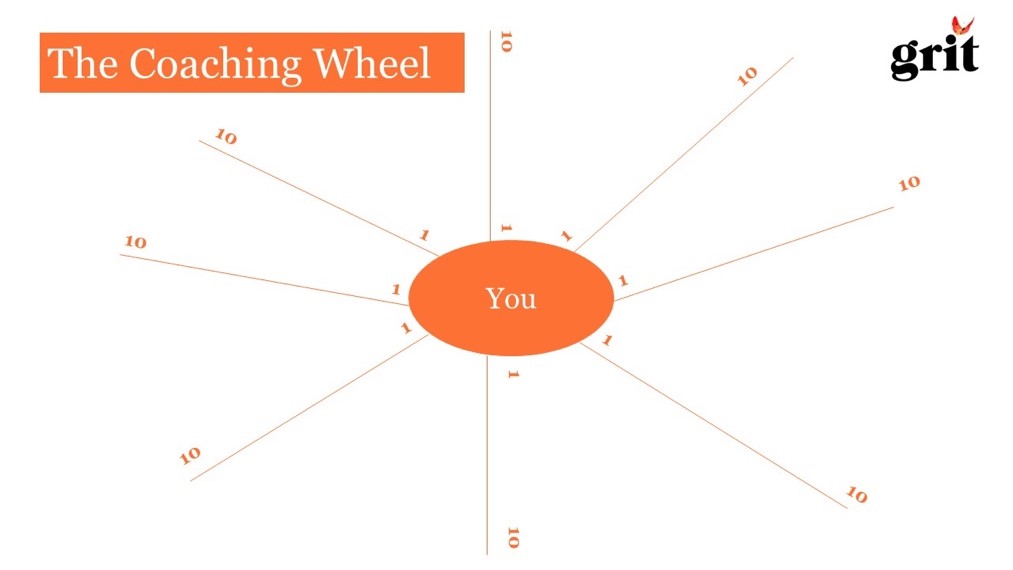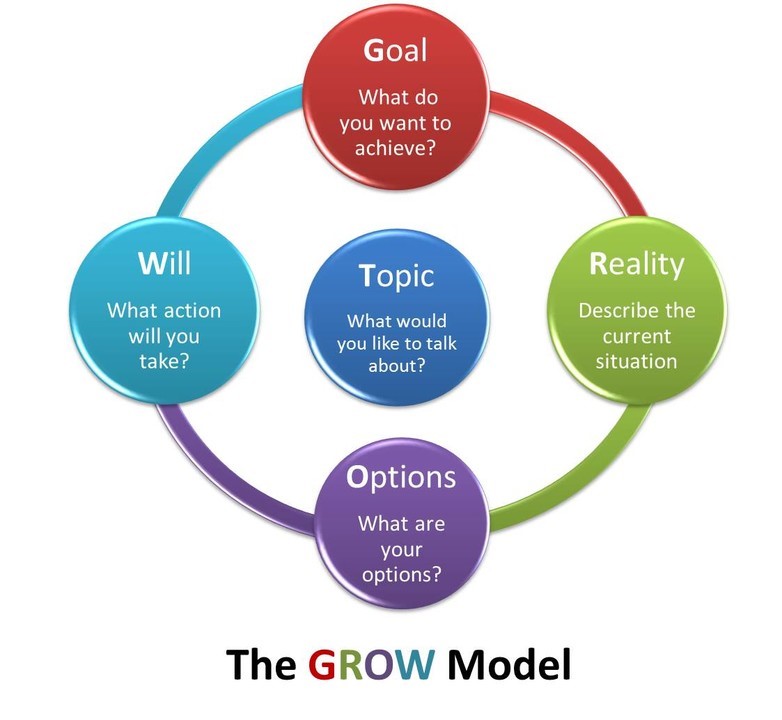Grit Workshop: Enhancing the Student Experience
Written by Wayne Ramwell and Jonathan Farrell
Introduction
In June and July, the organisation Grit delivered a 2-day workshop, which was convened for colleagues across the School of Social Sciences. Grit adopts the motto ‘change your thinking, change your world’ and boasts an impressive Advisory Board, including former Presidents of the UK Supreme Court and current members of the House of Lords.
Some of the main objectives of the sessions included the following:
- Reflecting upon current approaches when dealing with students;
- Exploring possible methods for enhancing student engagement, including those from widening participation backgrounds; and
- Developing advising practice as part of the wider staff-student partnership.
Core Themes
A couple of related themes underpinned the course as a whole. The first was a focus on aiding students by facilitating their development, rather than by handing them solutions ‘from the outside’. The second was an emphasis on encouraging students to examine and develop their mindsets (their attitudes, values, and modes of thinking), rather than just their knowledge. Of course, sometimes the best way to support a student is to provide them with information about, for example, how to apply for mitigating circumstances, whether they are able to drop one of the modules they are currently enrolled in and take up another, or what will happen if they fail a module they are worried about. But it can be easy to lean towards providing this kind of help—giving the student solutions—over the longer-lasting and more transformative possibilities produced by supporting the student to become someone who can find their own solutions.
There is no room in a short blog post to cover everything the workshop involved. But here are four areas that we would like to highlight as potentially useful, and which hopefully give a flavour of the workshop.
Key Topics
- Active Listening
One topic covered was the importance of actively listening to students. We often have preconceptions regarding the issues student come to us with, or about what the best way to deal with a certain issue is, and—because these preconceptions are based on prior experience—we are often right. But sometimes our preconceptions get in the way of understanding either what it is that a student would like support with, or how we can best support that student. Additionally, given the nature of our roles, we are often listening to situations or circumstances from the past, rather than the present, for instance, an email sent by a student a couple of days earlier is in essence responding to a past event. Thus, we want to make sure are truly hearing what students are saying, rather than trying to fit what they are saying into preconceived categories (even if those categories are often very useful). Further, we want to make sure it is clear to students that we are listening to and engaging with them as people, rather than interacting with them as a problem to be solved. An illustrative example of this arose in-between the sessions regarding the recent and ongoing Cyber Incident where a student had contacted multiple University actors, but felt that they were simply being treated as a number without their concerns being adequately taken into account. Through listening in the present, it was possible to meaningfully address their concerns by ensuring they were heard and indeed felt heard.
- Coach-Player Partnership
A second topic concerned a helpful metaphor for thinking about the roles played when we support students. In this metaphor, the student is the Player. The role of the Player is to play the game, i.e., to do their best to achieve the goals they have committed themselves to in the present. The staff member is the Coach. The role of the Coach is to observe what the Player is doing, i.e., to find out from the student how they are doing in working towards the goals they have committed themselves to achieving in the future and to reflect this back to the Player. This can be useful for the Player because the Player’s focus is inevitably on ‘playing the game’, while the Coach is able to ‘watch the game’ from the outside, and thus give a different perspective on how things are going. A third role is that of the Journalist helpfully summarised as the voice of self-doubt, which we all have within us. The key is to notice this voice, but not be determined by it, especially since it is focused on the past. Naturally, for this partnership to work, the Player must give permission to the Coach.

Figure 1: Coach-Player-Journalist Model.
- Coaching Spectrum
Thirdly, we spent some time discussing the coaching spectrum and distinguished between help, on the one hand, and support, on the other. In this context, providing help was categorised as more directive in nature, whereas offering support was less directive or non-directive. This was particularly useful in being able to reflect upon our roles with students. Given the general busyness of our day-to-day roles, it is often the case that we simply direct students by telling, instructing, advising, and helping with a purpose of resolving problems for them when we should, perhaps, work more towards suggesting, summarising, reflecting, and supporting with a view to them solving their own issues. Obviously, however, there is a place for all these directive and non-directive practices. The central takeaway is that the latter practices tend to be more empowering for the individual, as they promote greater independence.

Figure 2: Coaching Spectrum.
- Coaching Models
The course also introduced potential models, which staff can use in both helping and supporting students. These are explored below.
4.1. Coaching Model I
One useful tool introduced was the Coaching Wheel. This can be used to help students clarify what goals they wish to work towards. The idea is that each ‘spoke’ of the wheel represents a particular aspect of life (these could cover everything from personal relationships, health, finances, and hobbies, or they could be more closely focused on academic issues, such as attending classes, note taking, planning, essay writing, career planning, etc.). In essence, the wheels can be entirely bespoke. The student gives each spoke a mark out of 10 depending on how well they feel that aspect of their life is going. This helps to narrow down which aspects of their life or academic career students would like to focus on.

Figure 3: Coaching Wheel.
4.2. Coaching Model II
Another model—the TGROW model—aims to help structure meetings with students. The acronym stands for Topic, Goal, Reality, Options and Will, and this outlines a breakdown of the steps that a meeting might take to produce clear actionable commitments that students can agree to take on. In brief, the steps are: (i) clarify and explore the topic the student would like to focus on in this meeting; (ii) set a clear goal that the student can work towards; (iii) clarify how things currently stand for the student with regards to this goal; (iv) generate options that the student can select from; and (v) identify what the student will do in order to take up one (or more) of these options and to work towards their goal.

Figure 4: TGROW Model.
Going Forward
There are several ways in which insights from this workshop can be put into practice. As Specialist Academic Advisors, some of the specific actions that we intend to implement are the following:
- Make use of the coaching wheel model with returning students that are heading into their third and final year of study;
- Some SoSS Academic Advisors will design a workshop to be delivered to staff based on the TGROW coaching model incorporating a demo of it in practice; and
- All SoSS Academic Advisors will run an optional group session introducing the workshop framed as ‘how to get the most out of academic advising?’.
On a final note, if you are particularly interested in concretising the coaching models presented here or more generally, the University’s Learning and Organisational Development division has a wide variety of resources, ranging from formal coaching training to online self-directed materials.







0 Comments